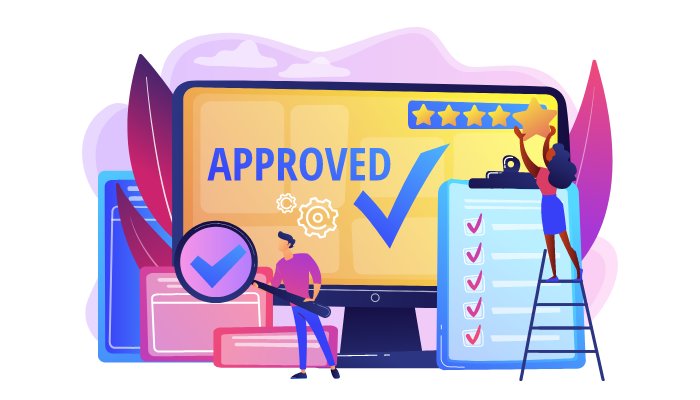
This step refers to the compiling of information such as man-hours, list of items, usage of services etc. necessary to issue an invoice. This process happens before the invoice itself is created and is not affected by the form of the invoice.
Any automation and improvement in the preparation of an invoice for payment is not related to its form.
The invoice is created in the system and exported into the relevant format, paper, pdf, HTML, structured XML.
Paper and printing costs and handling of mail.
The invoice that has been created is sent to the buyer according to a certain procedure, i.e. physically, by email or through messaging platforms.
In most cases, there are savings in postal costs. These are replaced by electronic transmission costs, which tend to be significantly lower.
Since the invoice is received by the customer, it must be correctly identified as an invoice and assigned to the correct internal process.


Manual processing is being replaced by a semi-automated or fully automated system. Visual digital invoices received by email usually require some manual sorting (although that can be reduced, e.g. by using dedicated mailboxes). The structure of the data in a structured eInvoice allows for full automation of the reception.
The invoice is reviewed to verify that it matches the quantities and prices ordered and received.
The review process consists of comparing the invoice to existing information, such as orders, or to apply decision rules. The internal routing of a visual digital invoice can be improved by the use of document sharing systems (scanning solutions) while the use of structured eInvoice content enables automated invoice matching. Invoice automated approval frequently provides the buyer with significant benefits by freeing up employees' time, who tend to be on a managerial level.
The buyer enters the necessary information from the invoice into their accounting system(s) and assigns the relevant accounting keys.
Entering of information from visual digital invoices remains manual. Structured eInvoices enable automated information entry and automated assignment of accounting keys through references or rules. Automated entry of invoice information significantly reduces the risk of entry errors which often cause significant costs. This is usually a significant source of benefits for the buyer.
The payment for the invoice is scheduled either according to contracted terms or based on payment information in the invoice.
When the time-to-payment is based on the invoice content, as opposed to contractual terms, the structured eInvoice allows for automated entry of the relevant information. This improves payment scheduling and avoids late payments.
The invoice is stored for later retrieval.
Both visual digital invoices and structured eInvoices significantly reduce archiving costs through both reduced handling and storage costs.
The following list provides an overview of the types of costs that can be reduced through the various processing steps described above.